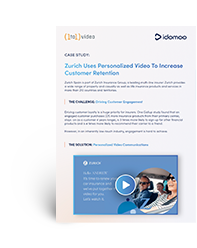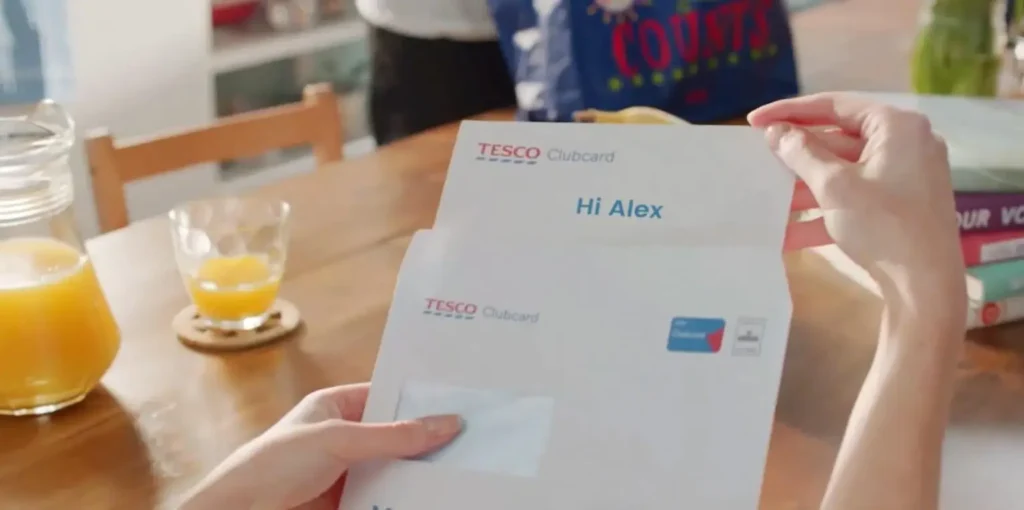You know customer service matters. The vast majority (95%) of consumers say it’s critical for brand loyalty. And 93% of customers are likely to make repeat purchases with companies that provide excellent customer service.
But an influx of new technology, processes and channels have made customer service increasingly complex, leaving brands struggling to keep customers happy. What happens when your customer service strategy falls short? Ultimately, loyalty suffers.
Maybe you’re seeing a dip in your NPS scores or noticing that churn is on the rise. We’re here to help. Below, we’ll dig into the top 5 reasons your customer service strategy may be leaving customers frustrated.
1. You’re Reactive, Not Proactive
Customer service isn’t just about solving problems. It’s also about preventing them.
By doing so, you avoid preventable issues that can upset customers. Better still, it shows customers your dedication to creating a seamless customer experience before they have a problem.
Whether it’s sending a timely reminder, offering suggestions for their unique situation or helping them with next steps after a big purchase, proactive customer service can help build relationships and boost customer satisfaction.
Take a look at this personalized policy renewal reminder from Zurich as an example.
Viewers are reminded of their upcoming deadline as well as their premium, contact details for a local agent and other key information for the upcoming renewal period.
The upshot? Sending customers a timely reminder like this lowers the chances customers will miss important deadlines or experience other points of friction.
2. You’re Not Omnichannel (But Your Customers Are)
Customer service should be easy to access. Limiting availability to certain days, times and platforms makes it harder for customers to get help — and this can be especially frustrating for those with time-sensitive issues.
To ensure customers receive help when and where they need it, take an omnichannel approach. Be available on social media channels. Have an up-to-date online FAQ. Email customers an Interactive Video that lets them self-serve on demand. Communicate in-app with a chatbot for 24/7 support. The more options available, the better the chances are that customer issues get resolved quickly.
On trend: This is especially important for younger generations — 87% of millennials and Gen Z prefer omnichannel communications.
3. You’re Not Using Customer Data
If you want to give your customers a great customer service experience, it’s important to keep tabs on how they’re doing. By monitoring customer data, you can quickly address any issues that arise and make adjustments, ensuring a positive experience for future interactions.
Here are some metrics you should be keep tracking of:
- Customer satisfaction scores
- Churn rates
- Retention rates
- Average resolution time
Once you’ve collected enough data, use it to your advantage. What issues are customers coming to you with? Where in the customer journey are they struggling? Address these and other questions with the data you now have to address where your customer service strategy is falling short.
Tip: If you’re having trouble collecting data from customers, the secret is to make it easy and contextual. We wrote a guide to first-party data marketing with strategies to help.
4. Your Approach Lacks a Human Touch
From chatbots to automated emails and more, today’s brands are taking a digital-first approach to automate the customer service process. While this has sped up response times, there’s something missing — the empathy so often needed during this critical touchpoint.
Think about it. Your customers come to you with problems when they’re… not happy, frankly, or at the least, concerned. Since you can’t sit down and have a chat with every customer who has an issue, you need to keep the digital tools that make customer support scalable. But do it with a human touch through video.
Video, on its own, can humanize any part of the customer journey. Add interactivity, and you now have a tool that lets customers self-serve on demand.
More and more, consumers expect video from brands. Over 60% of respondents in a new survey said they wanted more brand videos, and the same study found consumers prefer video when brands have something more complex to communicate — customer service solutions being a prime example.
This Interactive Video was created to help mortgage companies streamline customer support. With advanced interactive features like clickable chapter markers and hotspots, customers can navigate through sections to quickly get the answers they need.
It’s a win-win situation. Customers receive a personalized, interactive tool to address their concerns — even big concerns, like paying for their mortgage, as you see in the video above, while your call center gets less overburdened with calls for common concerns, giving them the bandwidth to handle more pressing issues. We’ve seen videos like these reduce call volume by 73%.
5. Your Customers Find It Confusing
An individual who reaches out to customer service is often already a little befuddled. Vague answers, hidden contact information and more just make it worse, frustrating customers and potentially turning them away for good.
Make things easy on them. Keep your answers clear and concise and, when possible, personalize them. Customers expect personalization at every step of the customer journey, and customer service is no exception.
With today’s technology, it’s possible to personalize your customer service strategy for every individual. Greet them with their first name. Share next steps for their specific situation. And don’t make them explain multiple times what the issue is. (You’ve had to do that on support calls, too, right? You probably didn’t like it either. I know I don’t.) Respond like you know who they are and what they need help with.
The University of Dayton did a great job with this in the personalized explainer video below. At Idomoo, we do lots of Personalized Videos to help explain something customers need to know: what to expect for their first bill, how to handle insurance claims, how to figure out what an escrow statement is and why it matters. This video covers another complicated topic — financial aid for college — with data personalized to the student so it shows them what their aid looks like.
Give it a watch below.
Short, easy to follow and personalized — this video gives students the info they need at a glance. Across industries, this kind of transparency goes a long way when it comes to retention. The latest research shows 60% of consumers say trustworthiness and transparency are the most important traits of a brand, up from 55% last year.
Let’s Fix That Customer Strategy
I’ve said it before, but it bears repeating: customer support is just as important as advertising — more so if you consider that one loyal customer has more impact on your bottom line than acquiring one new customer.
If your customer service strategy isn’t working, these are just some key areas where you can focus. Be proactive. Use digital self-service that actually works. Listen to your customer and give them what they need.
We can help with all that. Personalized and Interactive Video is a great way to have a 1:1 conversation with your customers while keeping it scalable (because you have more than one customer).
Want to know more? If you’ve got 15 minutes, we should talk.







